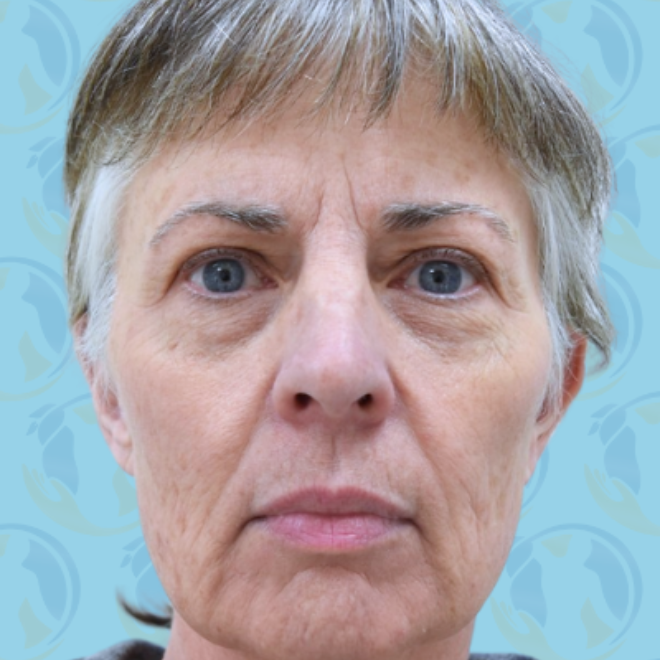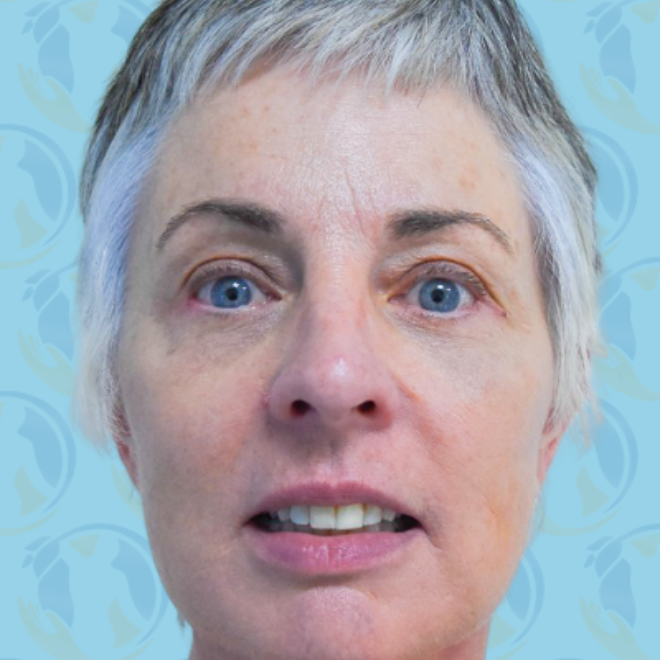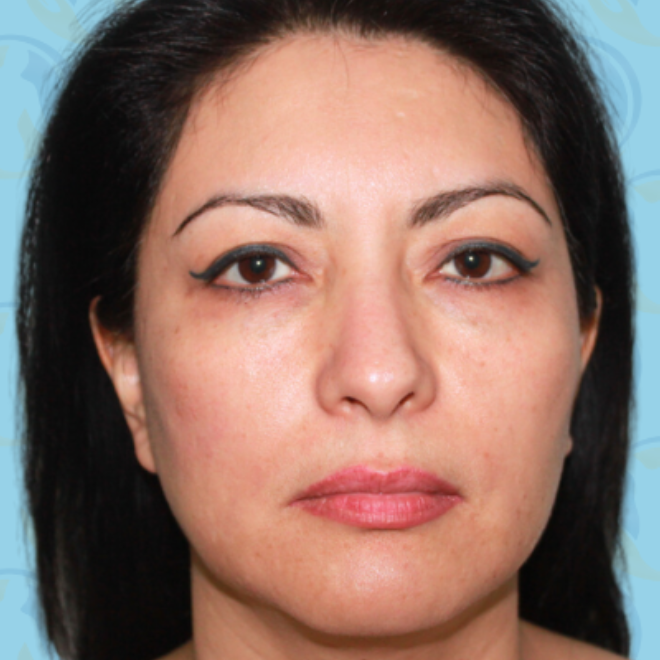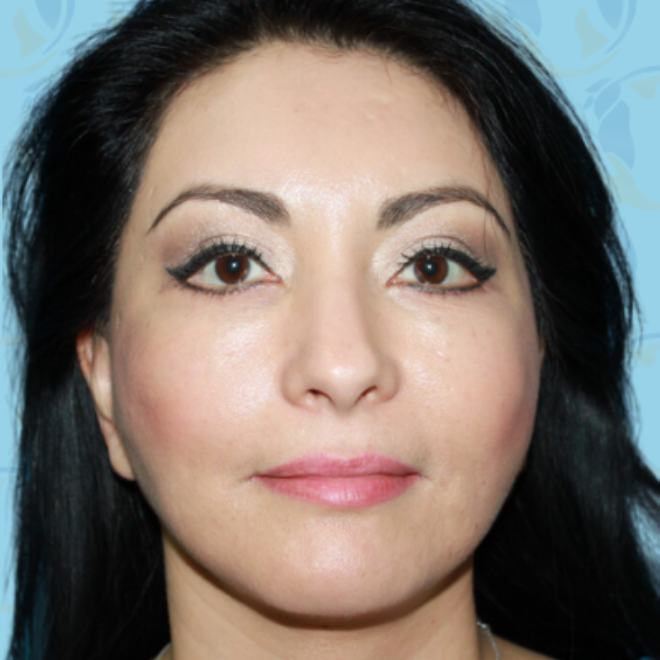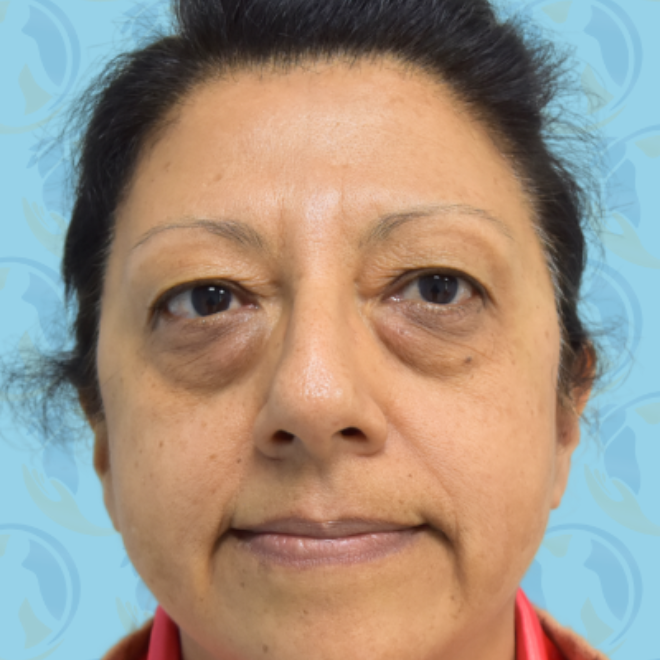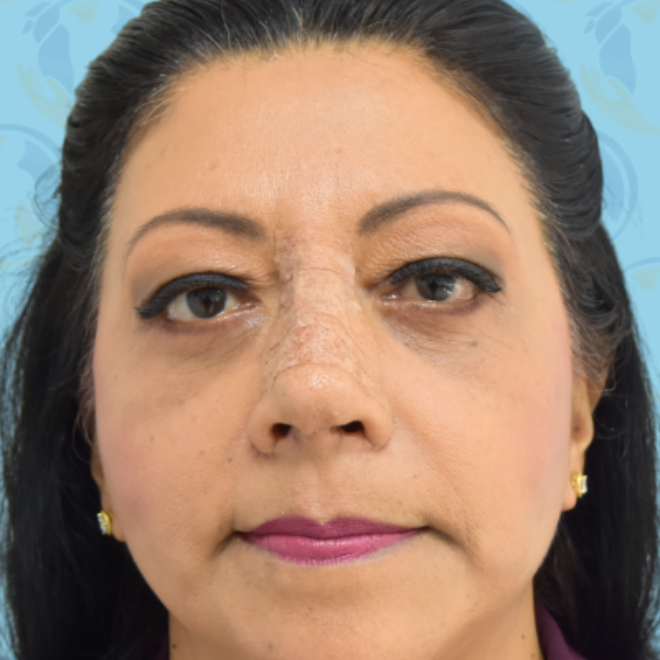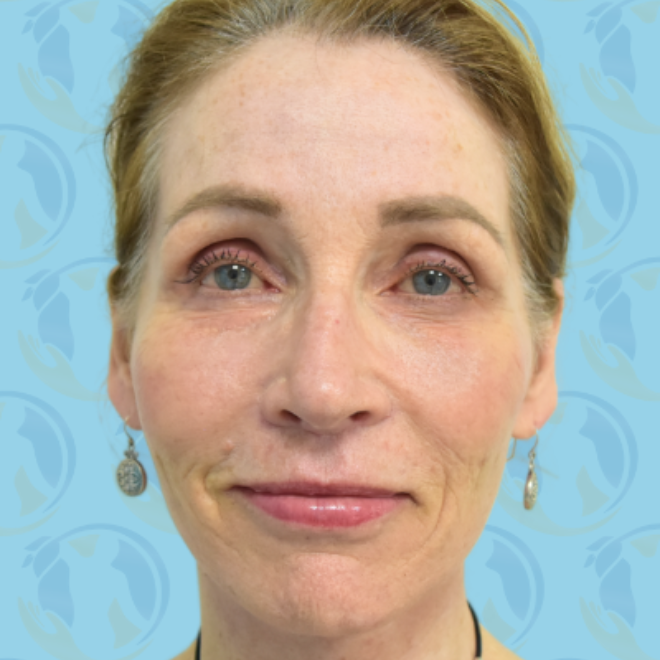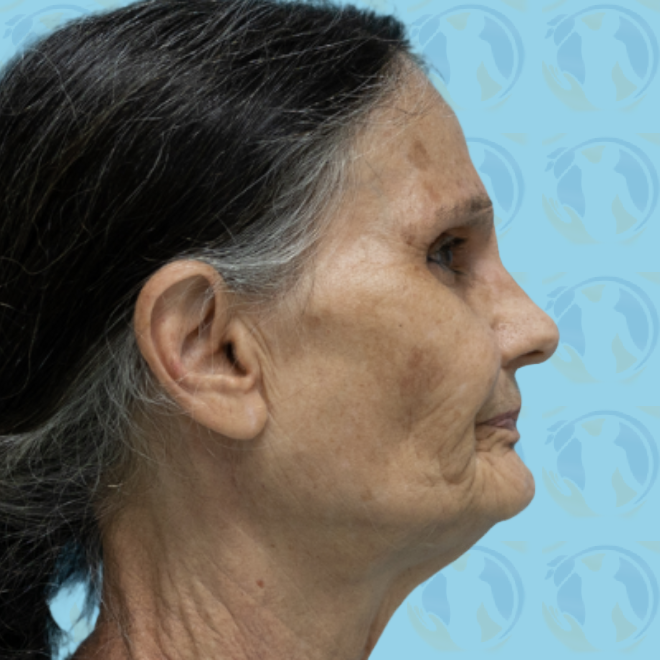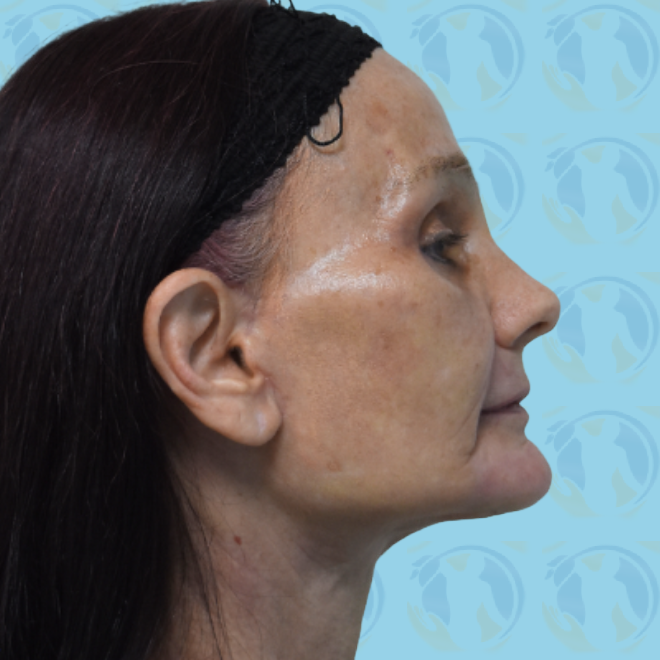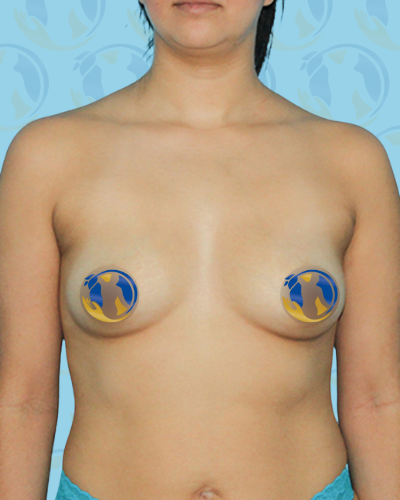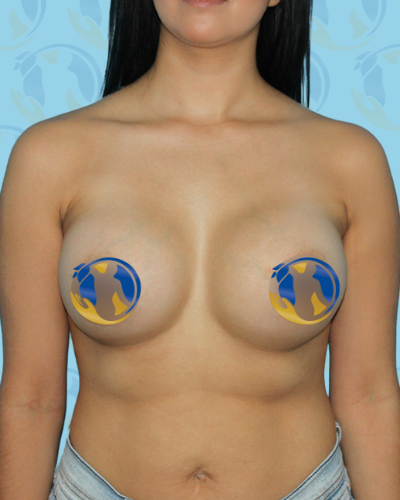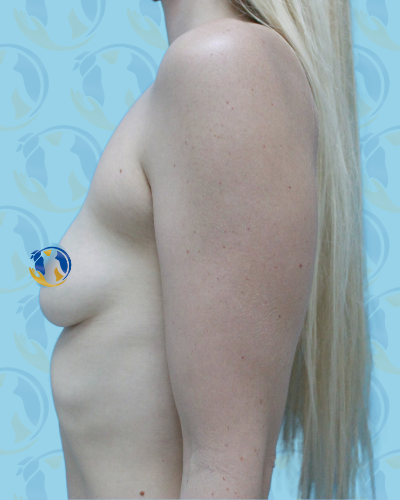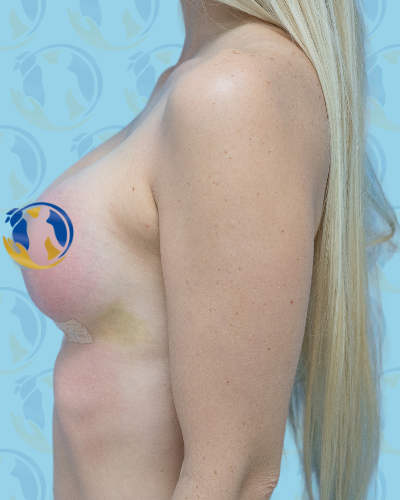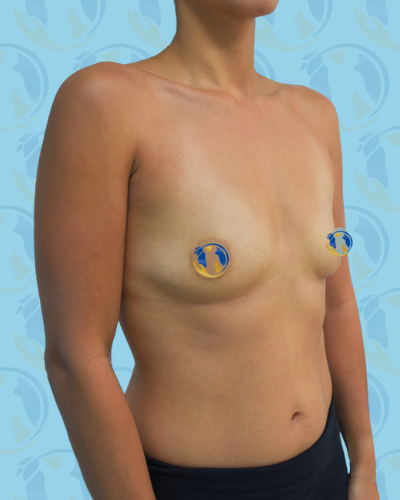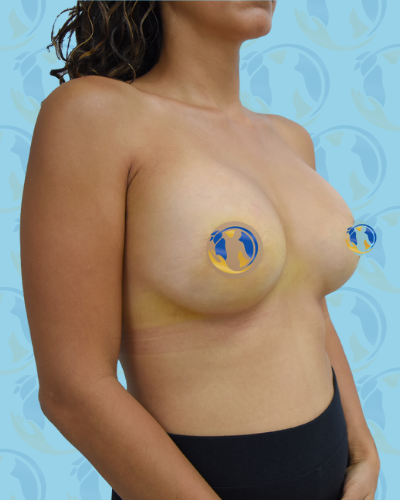Breast Augmentation
Conveniently located to serve the areas of Tijuana, Mexico
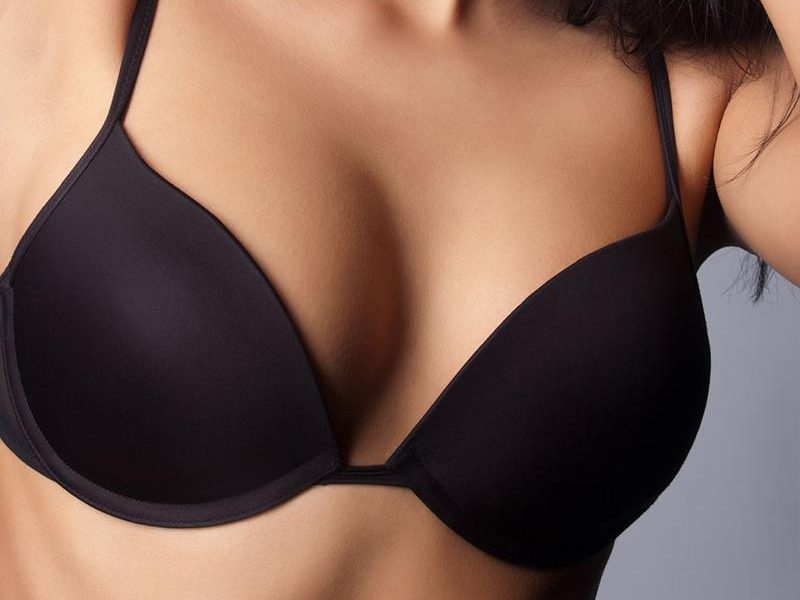
Breast augmentation is a surgical procedure to enhance the size and shape of a woman’s breasts. It was the second most popular cosmetic procedure in 2022, and surgeons performed 298,568 breast augmentations that year. (1) Breast augmentation has helped thousands of women restore confidence in their bodies and achieve a curvier silhouette.
Dr. Manuel Gutierrez Romero, a board-certified plastic surgeon, has over 26 years of experience helping patients from various backgrounds enhance their natural beauty. At the Cosmetic Surgery and Bariatric Surgery Center in Tijuana, we can transform your figure for a curvier, more voluptuous look. You are just an appointment away from achieving your dream body. Contact our office in Tijuana or call (619) 572-8981 to learn more about how we can sculpt your figure for a curvier, youthful silhouette.
Contents
- 1 Before and After Photos
- 2 About Breast Augmentation
- 3 Breast Augmentation Benefits
- 4 Breast Augmentation Candidates
- 5 Consultation
- 6 How to Prepare for Breast Augmentation
- 7 Breast Augmentation Procedure
- 8 Breast Augmentation Recovery
- 9 Breast Augmentation Results
- 10 The Cost of Breast Augmentation in Tijuana
- 11 FAQ
- 12 References
Before and After Photos
About Breast Augmentation
Deciding to undergo breast augmentation is a very personal decision. If you have small or asymmetrical breasts, the treatment can balance your body proportions for long-lasting results. If you have lost volume due to aging or pregnancy, a breast augmentation can also restore it for a more voluptuous look. The way you feel about your body is important because your self-esteem affects your daily performance and intimate relationships. Dr. Gutierez’s customizable procedures can help you enhance your breasts for a smoother, shapelier appearance.
Breast Implants
Surgeons saw a 208% increase in breast augmentation procedures between 1997 and 2016. (2) The majority of these were implant-based, rather than fat transfer. There are several different types of breast implants for achieving your ideal figure:
- Silicone: Silicone implants feel the most like natural breast tissue, but they are larger and often require discrete incisions along the breast curve.
- Gummy Bear: Gummy bear implants are slightly firmer and provide more support for a perkier look.
- Saline: Saline implants provide a soft feel and are inflated after insertion. However, saline has a risk of visibly rippling (3) through the skin in petite patients.
Implant Placement
Dr. Gutierrez can place your implants in front of the breast muscle (subfascial placement) or behind it (submuscular placement) depending on the amount of breast tissue you have. (4) Implants placed in front of the muscle will result in a slightly lower breast, and implants placed behind the muscle result in a slightly fuller, lifted look. Placement will depend on your body type, the amount of breast tissue you have, and the aesthetic appearance you prefer.
Breast Augmentation Benefits
Breast augmentation is a popular procedure for enhancing the size and shape of a woman’s breasts. It can improve appearance by:
- Balancing the proportions of a woman who feels her breast size is too small
- Reversing a loss in breast volume after pregnancy
- Improving the symmetry of asymmetrical breasts
- Reconstructing breasts after breast surgery
- Increase a woman’s breast volume by one or two cup sizes
Breast Augmentation Candidates
Breast augmentation can improve your appearance and your self-esteem, but it is important to have realistic expectations about what you can accomplish with the procedure. Before you decide to have surgery, think carefully about your body goals and discuss them with Dr. Gutierrez. If you are physically healthy and have realistic expectations, you are likely a good candidate for breast augmentation.
The best candidates for breast augmentation want to improve the volume and shape of their breasts. If you have significant breast sagging, Dr. Gutierrez may suggest a breast lift.
Consultation
During your consultation, Dr. Manuel Gutierrez will evaluate your health and explain which surgical techniques can help you meet your body goals based on your body type and skin elasticity. Please come prepared to discuss your expectations, alternative procedures, and the risks of breast augmentation. If you smoke, or take any medications or vitamins, you will need to discuss them as well. To learn more about complementary procedures that we can combine with a breast augmentation, like the mommy makeover, see our blog.
How to Prepare for Breast Augmentation

Dr. Gutierrez will provide you with detailed preoperative instructions before your breast augmentation procedure. You will need to stop smoking for 4-6 weeks before and after your surgery. If you take blood thinners, you will need to stop 1-2 weeks before the procedure for the best results. We recommend that you prepare your meals ahead of time to allow you to focus on your recovery and prevent trips to the store while your body heals. While making preparations, you will also need to arrange for someone to drive you home or to your hotel after your surgery and monitor your progress for the first few days of your recovery.
Breast Augmentation Procedure
During a breast augmentation procedure, Dr. Manuel Gutierrez will place you under anesthesia and make a discrete incision along the curve of your breast to insert your implants for your desired look. Dr. Gutierrez performs breast augmentation with general anesthesia, so you will sleep comfortably through the entire operation. In some cases, he may use local anesthesia, combined with a sedative to make you drowsy, so you will be awake but in a relaxed state.
Breast Augmentation Recovery
You may feel fatigued for a few days following your surgery, but it will subside in 24 to 48 hours. Most of your discomfort can be reduced with over-the-counter medication prescribed by Dr. Gutierrez. Within several days, we can remove gauze dressings and you may be given a surgical bra. You should wear it as directed. You may experience a burning sensation in your nipples for about two weeks, but this will subside. Your stitches will come out in 7-10 days, but the swelling in your breasts may take 3-5 weeks to disappear.
Considerations
You will need to follow up with the office after one week so Dr. Gutierrez can monitor your progress to ensure you meet your body goals. Some women report that their nipples become oversensitive, undersensitive, or even numb. You may also notice small patches of numbness near your incisions. These symptoms usually disappear, but all breast implant surgery comes with some considerations. The most common risk, capsular contracture, occurs if the tissue around your implant begins to tighten and harden. If this occurs, we can treat capsular contracture by removing the scar tissue or replacing the implant.
Breast Augmentation Results
After a breast augmentation surgery, you can enjoy a fuller, curvier appearance. The results are long-lasting and you will feel more at home in your body with your new look. Deciding to have a breast augmentation is a very personal decision, and how you feel about your body is important. After a breast augmentation, many patients experience increased confidence and you can enjoy a fuller, curvier look.
The Cost of Breast Augmentation in Tijuana
The cost of your breast augmentation will depend on your body and the look you would like to achieve. If you need corresponding procedures such as a breast lift, Dr. Gutierrez can provide an all-inclusive quote at your consultation to help you meet your goals. There is no need to wait to achieve your dream body. We are only 2 minutes away from the United States border, book now and save up to 60% on your procedure, (compared to most US plastic cosmetic surgeons). Contact our office or call (619) 572 8981 to learn more about how we can help you achieve a curvier contour.
FAQ
Where are the incisions made during breast augmentation?
The incision patterns utilized in breast augmentation surgery may vary based on factors such as your individual anatomy and desired goals. Common incision options include inframammary incision (made beneath the breast crease), periareolar incision (around the edge of the areola), and transaxillary incision (made in the armpit). Dr. Gutierrez will discuss each option with you during your consultation to determine the most suitable choice for your desired outcome.
Can I breastfeed after getting implants?
Breast implants will not affect your ability to breastfeed. However, we recommend that you discuss your lifestyle with Dr. Gutierrez during your consultation to help him create the best treatment plan for you.
Will I need more than one breast augmentation?
If you experience changes to your breasts from aging or pregnancy, we may recommend an additional procedure. If your implant breaks or ruptures, you will need a revision procedure to maintain your results.
Can breast augmentation with implants affect fertility?
Breast augmentation with implants will not affect your fertility. However, if you plan to become pregnant, we recommend that you wait to have a breast augmentation because pregnancy can affect the volume of your breasts.
Will breast implants affect my mammogram results?
No, however, you will need to let your mammogram technician know that you have implants before your screening to ensure accurate results.
References
- American Society of Plastic Surgeons. The American Society of Plastic Surgeons ® Procedural Statistics Data Insights Partners: 2022 ASPS Procedural Statistics Release.; 2023. https://www.plasticsurgery.org/documents/News/Statistics/2022/plastic-surgery-statistics-report-2022.pdf
- Kaoutzanis C, Winocour J, Unger J, Gabriel A, Maxwell GP. The Evolution of Breast Implants. Seminars in Plastic Surgery. 2019;33(04):217-223. doi:https://doi.org/10.1055/s-0039-1696985
- Ramachandran K. Breast augmentation. Indian Journal of Plastic Surgery : Official Publication of the Association of Plastic Surgeons of India. 2008;41(Suppl):S41-S47. https://www.ncbi.nlm.nih.gov/pmc/articles/PMC2825138/
- Pelc Z, Skórzewska M, Kurylcio A, et al. Current Challenges in Breast Implantation. Medicina. 2021;57(11):1214. doi:https://doi.org/10.3390/medicina57111214


